The Climate Challenge in Sacramento
Sacramento, California, is known for its sun-drenched summers and mild, wet winters—a combination that’s both charming and challenging for homeowners. While the city enjoys over 250 sunny days a year, the fluctuating temperatures and seasonal rains can take a toll on your home’s exterior. The siding on your house isn’t just about curb appeal; it’s your first line of defense against Sacramento’s demanding climate.
Selecting the right siding material ensures your home stays protected, energy-efficient, and visually appealing year after year. Let’s explore why Sacramento’s weather patterns make siding such a crucial investment—and which materials perform best in these conditions.
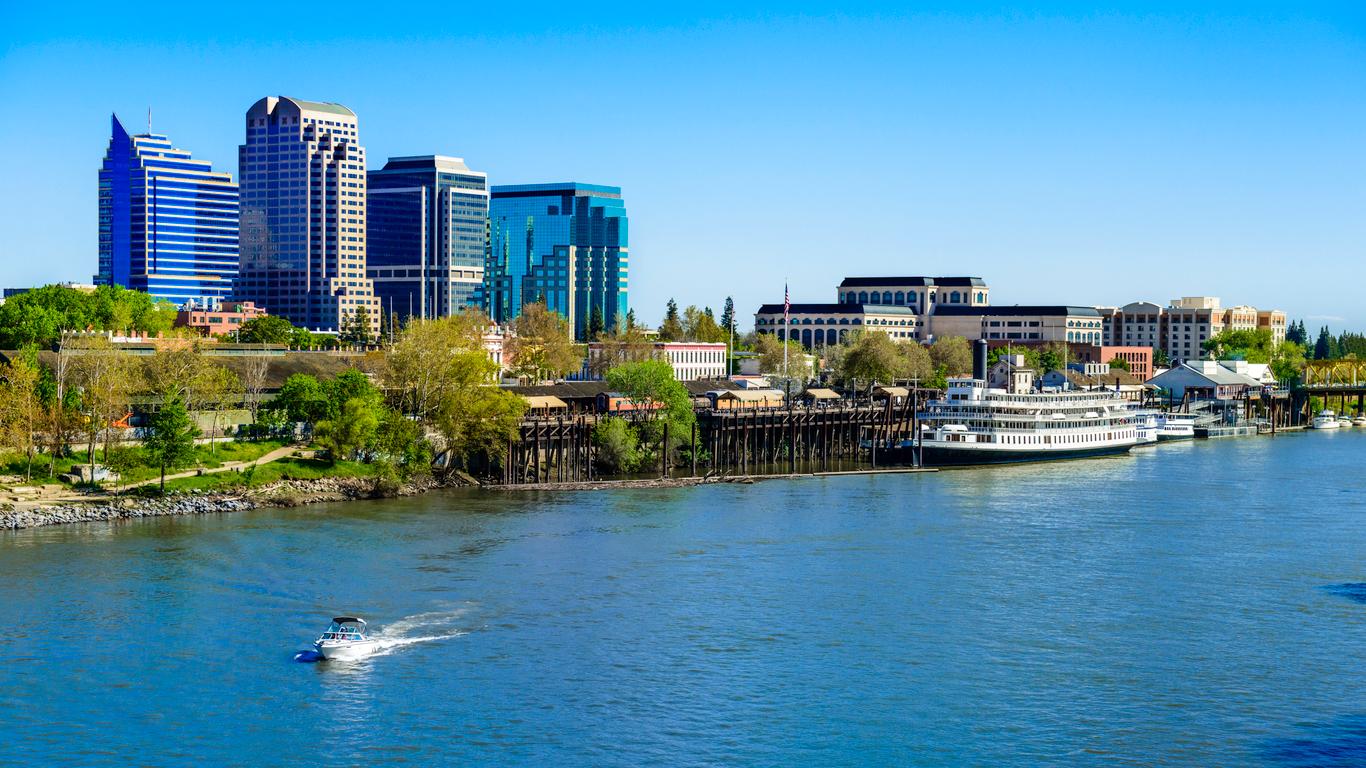
Understanding Sacramento’s Unique Weather Patterns
Sacramento sits in California’s Central Valley, where the climate is classified as Mediterranean—hot and dry in summer, cool and damp in winter. Temperatures can soar above 100°F (38°C) in July and August, then drop to the 40s in winter. This constant expansion and contraction cycle can warp or crack low-quality siding over time.
Moreover, UV radiation is particularly intense, causing colors to fade and materials to deteriorate faster than in milder regions. Add occasional heavy rains, and you’ve got a combination that demands siding capable of withstanding moisture without rotting or swelling.
The Role of Siding in Protecting Sacramento Homes
How Siding Shields Against UV Rays and Heat
High UV exposure is a key concern in Sacramento. Quality siding acts as a barrier against solar radiation, preventing your home’s structure from overheating and minimizing energy loss. Some siding materials even reflect sunlight, keeping interiors cooler naturally—reducing reliance on air conditioning.
Preventing Moisture and Mold Damage
While Sacramento isn’t known for year-round rain, its winter storms can bring substantial moisture. Siding that resists water absorption—like fiber cement or properly sealed vinyl—helps prevent mold, mildew, and structural damage. The right installation technique, including vapor barriers and sealing, further enhances protection.
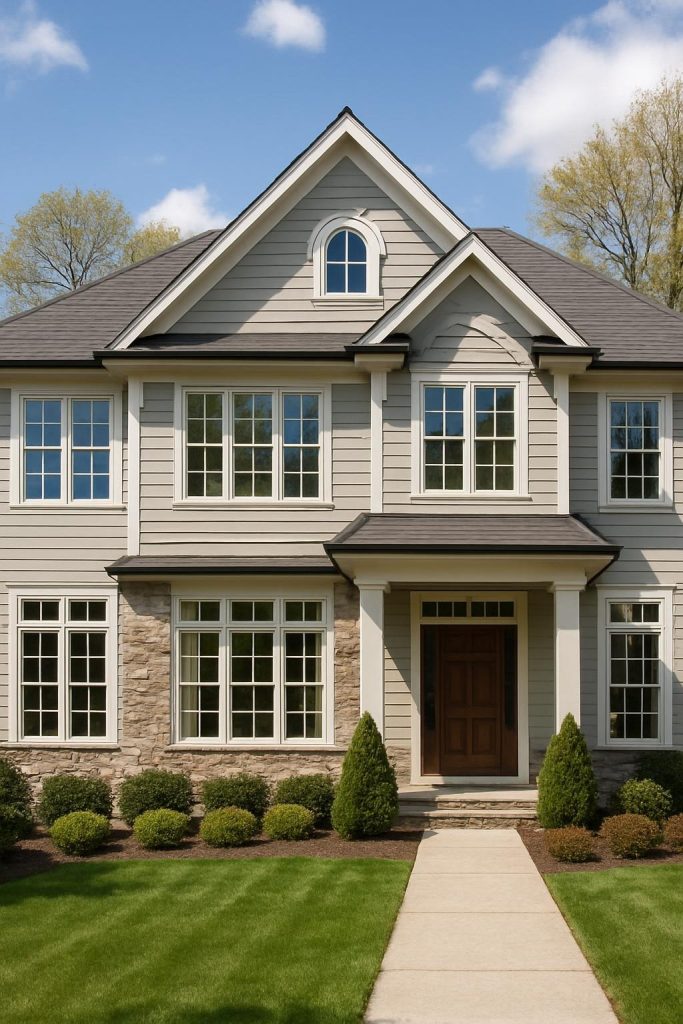
Top Siding Materials for Sacramento’s Climate
Choosing the right siding means balancing durability, aesthetics, cost, and energy efficiency. Here’s how popular siding materials perform in Sacramento’s climate.
Fiber Cement Siding: Durability Meets Style
Fiber cement siding, like James Hardie®, is engineered to handle high heat, UV rays, and moisture—making it ideal for Sacramento. It resists warping, rotting, and fire, while offering the look of natural wood without the upkeep.
Pros:
- Fire-resistant (a major plus in California)
- Long lifespan (30–50 years)
- Excellent thermal and moisture resistance
Cons:
Higher upfront cost
Heavier installation process
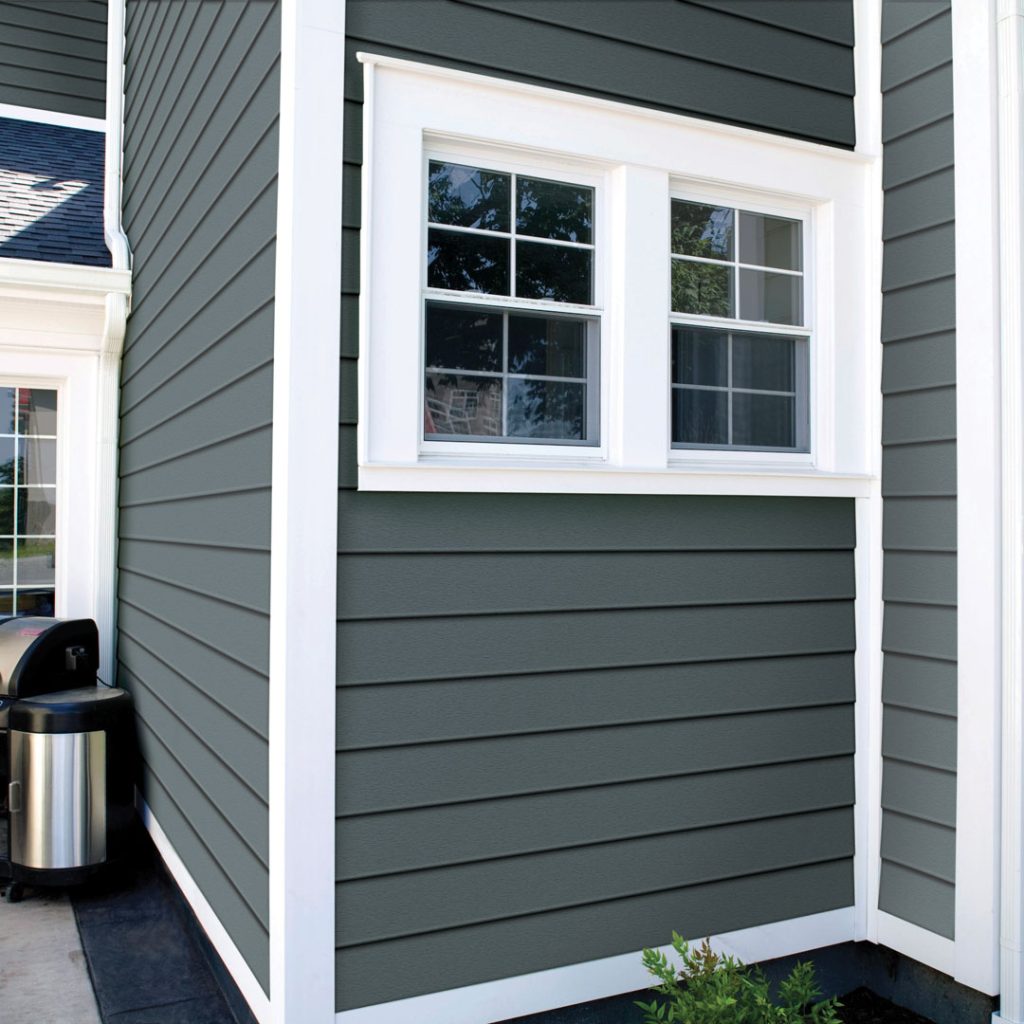

Vinyl Siding: Cost-Effective but Heat-Sensitive
Vinyl siding is popular for its affordability and low maintenance. However, in Sacramento’s scorching summers, vinyl can soften or warp if not properly ventilated or shaded. Choosing UV-resistant vinyl panels can mitigate this issue.
Pros:
- Affordable and versatile
- Easy to clean and maintain
Cons:
Less durable than fiber cement
May warp under extreme heat!
Engineered Wood Siding: A Smart Middle Ground
Engineered wood siding offers the aesthetic of real wood with enhanced resistance to rot and insects. It’s more sustainable than traditional lumber and can withstand Sacramento’s weather with proper sealing and painting.
Pros:
- Beautiful natural look
- Moderately priced
- Eco-friendly options available
Cons:
- Requires periodic maintenance
- Can swell if water penetrates damaged areas

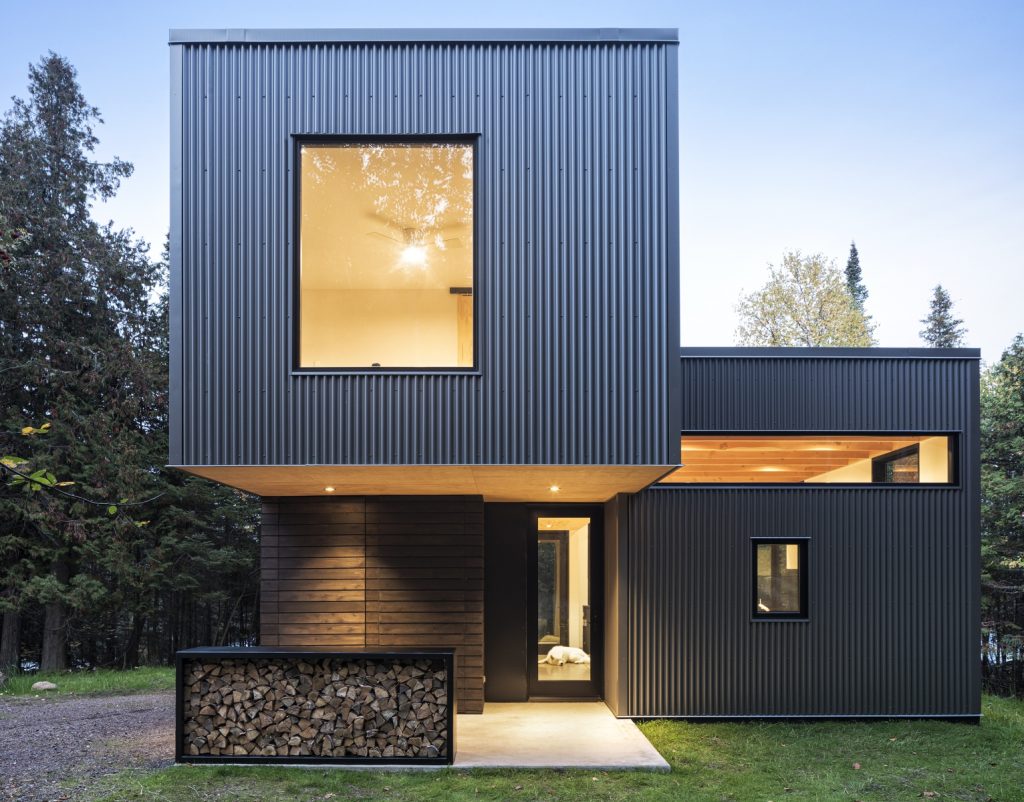
Metal Siding: Modern Aesthetic with Heat Resistance
Metal siding—especially steel or aluminum—is gaining popularity for its sleek, modern appearance and heat resistance. It reflects sunlight effectively, making it a great choice for energy efficiency.
Pros:
- Reflects heat
- Minimal maintenance
- Long lifespan
Cons:
May dent under impact
Higher cost
Comparing Siding Options
Durability & Energy Efficiency
| Material | Lifespan (Years) | Maintenance Level | Energy Efficiency | Cost efectivenes |
|---|
| Fiber Cement | 30–50 | Low | High | High |
| Vinyl | 20–30 | Very Low | Medium | Moderate |
| Engineered Wood | 25–40 | Moderate | High | Low |
| Metal | 40–60 | Very Low | High | Moderate |
| Stucco | 50+ | Moderate | High | High |
Signs It’s Time to Replace Your Siding in Sacramento
- Fading or warping from constant UV exposure
- Cracks or buckling caused by temperature swings
- Rising energy bills due to heat infiltration
- Moisture damage or mold growth after winter rains
If you notice these issues, it’s time to consult a Sacramento siding contractor for an inspection.
Choosing the Right Siding Contractor in Sacramento
Work with contractors familiar with Sacramento’s microclimates and local building codes. Seek certified installers who specialize in your chosen siding type and offer warranties on both materials and labor.
Check reviews and credentials on trusted sources like Yelp, google or the Better Business Bureau (BBB) for peace of mind.
Maintenance Tips for Long-Lasting Siding Performance
Clean annually with mild soap and water.
Inspect caulking and paint for cracks or peeling.
Trim landscaping to prevent scratches and mildew buildup.
Repaint or reseal every 5–10 years depending on material type.
Installation Best Practices (For Long Service Life)
Environmental Benefits of the Right Siding Choice
Eco-conscious homeowners can choose sustainable materials like fiber cement or engineered wood. Properly insulated siding reduces energy use, lowering your carbon footprint while keeping your home more comfortable year-round.
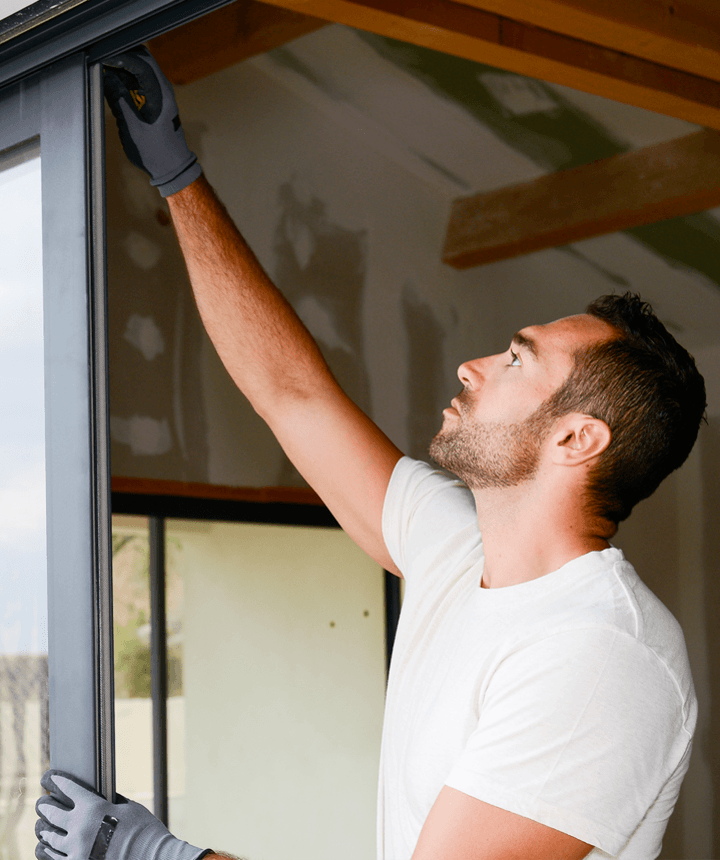
Maintenance Playbook
Annual Visual Checks
Walk the perimeter once or twice a year:
- Look for failed caulk, chipped paint, or dings near high-traffic areas.
- Confirm sprinklers don’t blast boards.
- Clear soil or mulch creeping too high at the foundation.
Cleaning, Repainting, and Re-Caulking
- Clean: Low-pressure rinse and mild soap is plenty.
- Repaint: Plan on a 10–15 year repaint cycle (or longer for some factory finishes).
- Re-caulk: Use quality sealants matched to the substrate and movement joints.
FAQs About Siding and Sacramento’s Climate
Choosing the right siding isn’t just about style—it’s about long-term protection and efficiency. Sacramento’s climate demands materials that can handle the heat, resist moisture, and maintain their beauty over time. Whether you prefer the resilience of fiber cement, the affordability of vinyl, or the elegance of stucco, your siding choice should reflect both performance and personality.
Invest wisely, and your home will stay protected, beautiful, and energy-efficient for decades to come.
What siding lasts the longest in Sacramento?
Fiber cement and metal siding typically last 40–60 years or more with proper maintenance.
Is vinyl siding good for Sacramento homes?
Yes, but choose UV-resistant panels to prevent warping in extreme heat.
Can I paint my fiber cement siding?
Absolutely—fiber cement holds paint exceptionally well for over a decade.
How often should siding be inspected?
Conduct a visual inspection twice a year, ideally before summer and winter.
What’s the best eco-friendly siding option?
Engineered wood and fiber cement are both sustainable, durable, and recyclable.
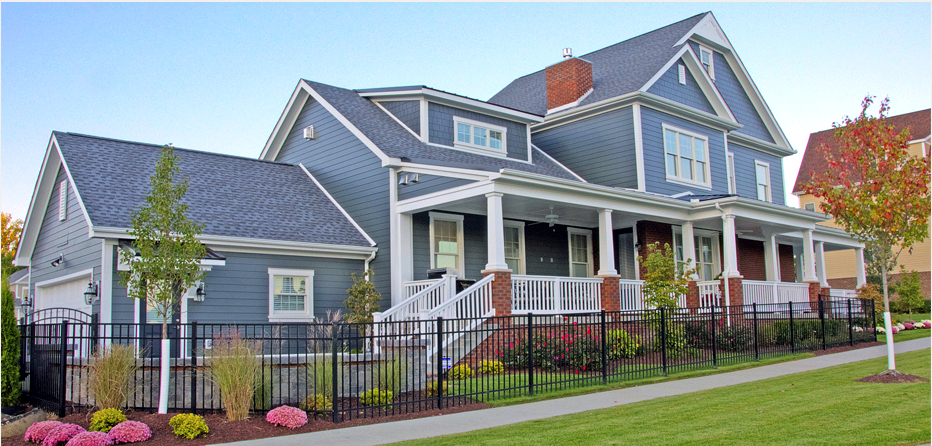

Leave a Reply